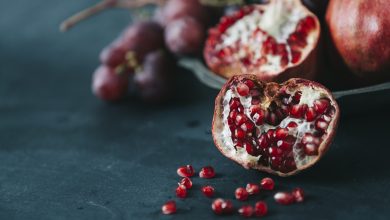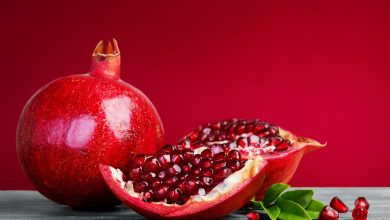Nutrients for Vision Health

The risk of eye-related disease increases as we age, but ensuring proper nutrition can help maintain healthy vision through the years. Eye health is closely related to overall health. While genetics may play a role in vision health as we age, there are some key nutrients that are particularly beneficial for vision health.
Vitamin A
Vitamin A has long been associated with eye health and is necessary for maintaining healthy function of the eye’s photoreceptors. Deficiency of this fat-soluble vitamin is one of the leading causes of blindness globally. Vitamin A as bioactive retinol is only found in animal-based foods. Some of the richest sources include liver, egg yolks, and butter. Carotenoids, like beta carotene, found in plant-based foods are often equated with vitamin A as the body converts them into retinol. The absorption of carotenoids is poor compared to retinol and the conversion process is slow and inefficient. Including animal-based sources of vitamin A in your diet as well as eating some healthy fat with your brightly colored vegetables to enhance absorption and conversion of carotenoids are good ways to incorporate dietary vitamin A. In supplemental form, a good quality cod liver oil is an excellent source of bioactive vitamin A and has been found to help protect against glaucoma.
Omega-3 Fatty Acids
Omega-3 fatty acids are beneficial for a variety of health considerations, including brain and eye health. EPA and DHA are of particular importance, which are found in high concentration in the retina. Supplementation with omega-3’s have been found to reduce the risk of a variety of vision threats such as macular degeneration, glaucoma, and diabetic retinopathy. Including oily fish, such as wild-caught salmon, in your diet at least once a week is a good way to ensure adequate omega-3. Supplementary omega-3 fish oil or algal oil can also be beneficial.
Selenium
Low levels of selenium are linked to a variety of negative health issues. When it comes to vision health, selenium has been found to help prevent cataracts, which result from the build-up of non-functioning cells on the lens, and has a protective effect against glaucoma.Selenium is an important mineral with antioxidant activity, and it is an important cofactor of vitamin E and zinc, both of which are necessary for vision health. This means that your body needs selenium in order to use vitamin E and zinc. Foods like Brazil nuts, fish, eggs, and pork provide good levels of selenium. Selenium supplements, like Selenex GSH, can help ensure optimal levels of selenium to support vision health.
Lutein & Zeaxanthin
Lutein and zeaxanthin are powerful antioxidant carotenoids crucial to eye health and concentrated in the retina. Because of their pigmentation, they are believed to help protect the eye from harmful levels of light, especially blue light. Supplementation with lutein and/or zeaxanthin can substantially reduce the risk of macular degeneration. The two often go together in foods such as egg yolks, spinach, swiss chard, kale, parsley, and red grapes. Just be sure to include some healthy fats to help boost absorption.
A healthy diet and good nutrition are important for good health, including good vision health. A healthy body means healthy eyes. Incorporating therapeutic amounts of these nutrients can help support healthy vision and reduce the risk of age-related vision problems.




